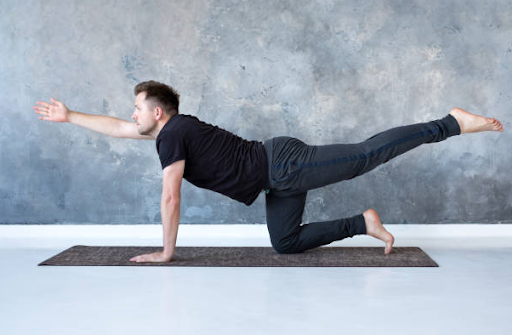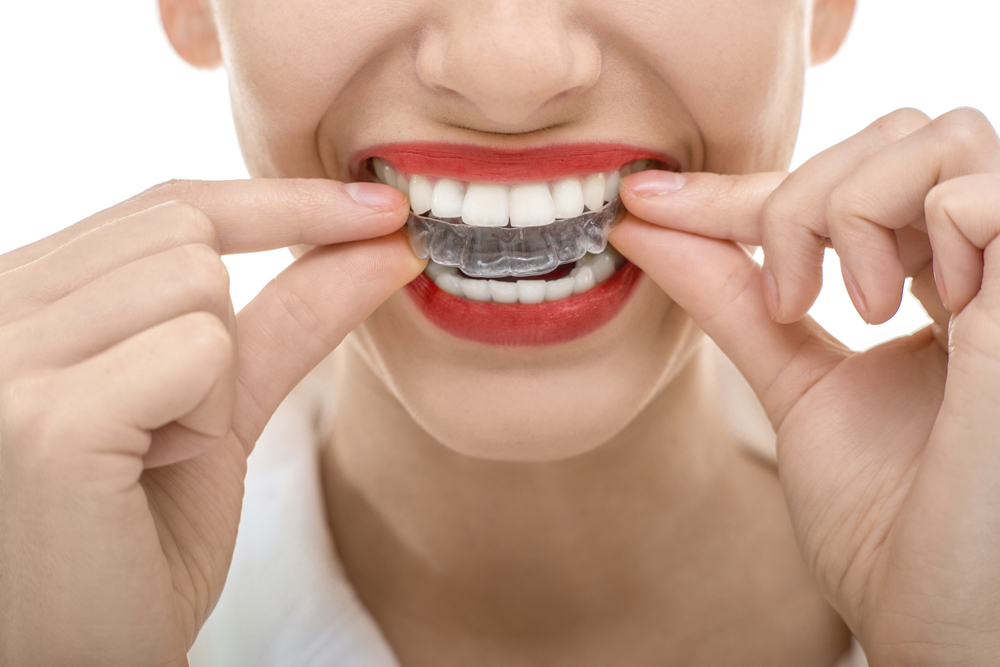Introduction:
Vinyasa yoga is one of the most widely practiced yoga forms in today’s Western yoga classrooms. Individual positions or “asanas,” are linked with deep breaths in a series of fluid movement sequences in Vinyasa yoga.
Each sequence in a Vinyasa yoga class builds on the previous one, gradually progressing to deeper and more advanced postures as the training progresses. A Vinyasa yoga session often includes a variety of standing, sitting and supine poses as well as twists, balancing postures, forward folds, inversions, back bends and focused core strengthening. Some programs may include guided meditation, chanting or breathwork and all classes conclude with Corpse Pose, also known as “Savasana.”
Benefits of Vinyasa Yoga:
Vinyasa yoga is a type of yoga that causes your body to sweat as if you’ve just gotten out of a steam bath. You can feel your heart beating as you move from stance to pose.
This potent style of yoga is beneficial to all three faculties – body, mind and spirit. Hatha Yoga is a subset of Vinyasa Yoga. While performing various poses, breathing flow and patterns are critical. Important Benefits of Vinyasa Yoga are:
- Strengthening The Immune System
- Increases Flexibility Of The Body
- Acts As A Stress Reliever
- Improves Body Posture
- Increases Lung Capacity
How Vinyasa Yoga Flow Improves Balance:
Balance is important for people like athletes. Balance like flexibility, strength and mobility is essential to achieve your body’s maximum potential. When the body is functioning at its best, it does so without needing to draw strength from other sections of the body. This implies that after a long day at work or a workout, no area of the body will be stretched or pressured. Injuries are more likely when the body is out of balance, which is something that everyone should avoid, not just athletes. Vinyasa yoga improves balance by helping in the following ways:
Building Body Strength:
Vinyasa yoga is excellent for increasing your body’s strength. It concentrates on your core strength. Vinyasa Yoga is a form of strength training that aids in the development of lean muscular mass throughout the body. The many poses, including standing, arm balances, backbends and inversions make use of body resistance while stressing and fatiguing muscles. All muscle groups are given the same amount of attention, resulting in a balanced level of strength across the body.
Increases Flexibility:
Vinyasa yoga guarantees that our bones and muscles are functioning properly. The muscle extends and strengthens as a result of the continual momentum gained via this yoga posture. The fluidity of your body’s mobility improves.
Vinyasa yoga aligns your breath with each posture, allowing new oxygen to replenish your muscles. The pressure on the joints and ligaments is relieved after the muscles are flexed. This prevents the muscles from being torn or pulled. Vinyasa yoga cultivates a flexible attitude that allows us to enhance our bodies’ flexibility at any age.
Improves Body Posture:
Sedentary behavior has had a significant impact on our posture. We slump and move sluggishly. Our poor posture has an impact on our energy levels throughout the day. The most effective technique to fix our body posture is through vinyasa yoga.
It demonstrates how to keep our body and mind in sync. Vinyasa yoga’s initial position assists you in aligning your body from head to toe. You have a distinct vibe when you are properly aligned. Thus, all of the above factors help in maintaining the balance and posture of the body.
Types of vinyasa poses (asanas):
Vinyasa sessions often include a range of postures or asanas. Consider twists, balancing poses, forward folds, inversions and backbends while standing, sitting or supine. Here are a few poses and sequences:
Check-In Pose:
A Vinyasa flow that is successful begins with a check-in or two to three minutes of stillness. All you have to do now is find a comfortable position on your mat to relax your back. After that, start paying attention to your natural breathing rhythm and taking a mental inventory of your mind, body, and emotions.
Cat-Cow Pose:
This stretch focuses on the abdomen and chest while also improving spine and shoulder mobility. All you have to do is get into “tabletop position,” which entails getting down on your hands and knees. On an inhalation, arch your back by lowering your belly button and bringing your chest forward in between your arms. Exhale and circle your spine, pressing down through your hands and drawing your navel in. It is advisable to perform it eight to ten times.
Plank-Pose:
Planking improves the abdomen, back, core, and legs while also increasing the internal heat produced by a proper vinyasa flow. Hands are positioned beneath the shoulders. Your shoulders are higher than your wrists. To engage your core and support your back, take a powerful stance with your body, bringing your navel forward toward your spine.
Child’s Pose:
Child’s Pose is a relaxing, re-centering, and calming pose. The hips, ankles, thighs, and back are all stretched. To perform this position, spread your knees as wide as your mat. Bring your big toes together, then sink your chest to the floor and slide your hips into your heels. You can either rest your arms at your sides or spread them out in a broad V form. Your shoulders will be more comfortable with the wide arm positioning. Make it a point to check in with yourself and reaffirm your objective at this moment.
Conclusion:
Vinyasa yoga is all about timing your movements to your breath. Vinyasa can be more strenuous than other kinds of yoga depending on the tempo, making it ideal for athletes. This yoga requires mats and a stretchy yoga suit, both of which are readily accessible on COYA’s website.


 Home
Home










